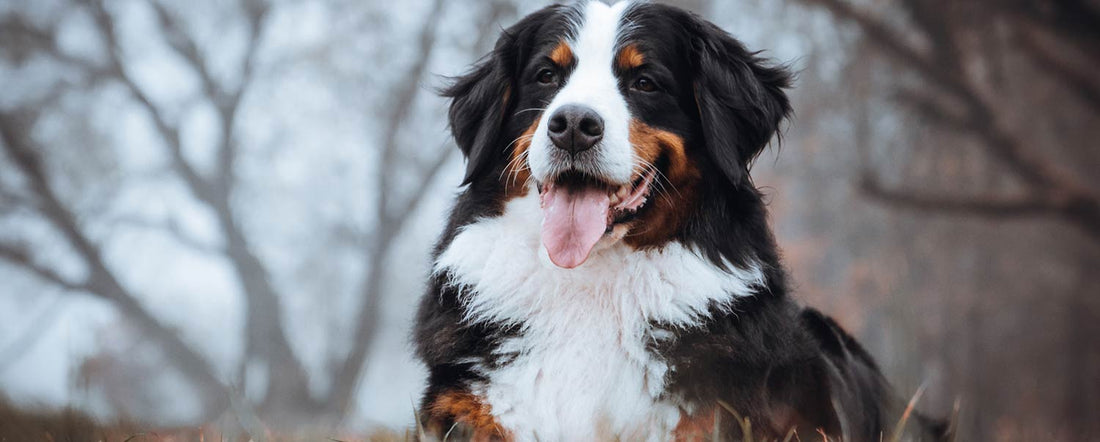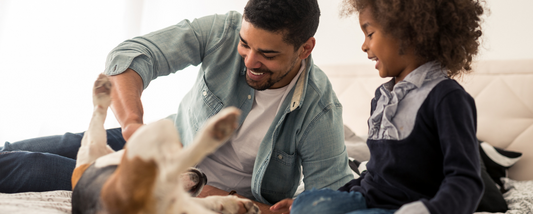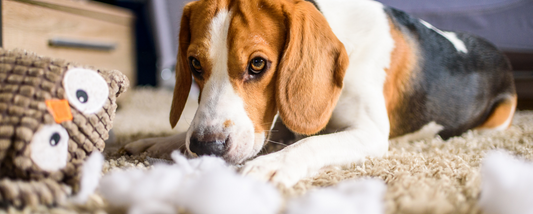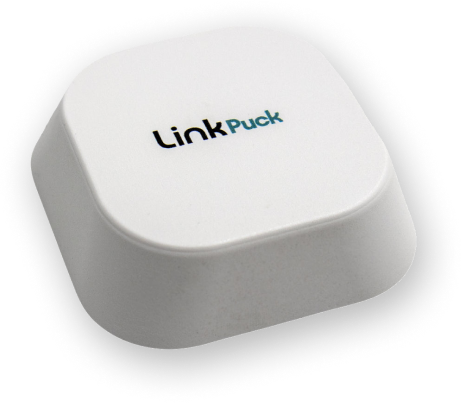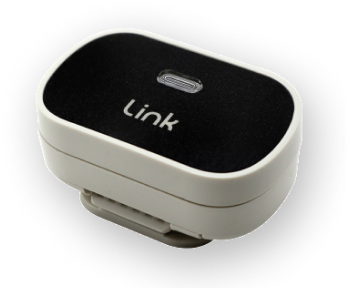All dogs slobber to some extent. It’s a normal, healthy canine trait that helps them eat and digest their food. But is too much drooling a sign of something more serious? Here’s how to tell the difference between regular and excessive drooling and when to seek help from your vet.
Why is My Dog Drooling So Much?
If you notice your pup has started drooling more than usual, it might be due to one of these reasons:
- Foreign body in his mouth
- Heat stroke
- Dental problems
- Nausea
- Poison (usually from a plant)
- A contagious disease
- Oral cancer
If the drooling is due to a serious condition, you’ll typically notice other symptoms as well such as bad breath, weight loss, coughing, gagging, and mouth sensitivity.
What to Try at Home
Most reasons for excessive drooling are not cause for serious worry. It’s always a good idea to schedule a vet visit when you’re concerned about a new condition, but while waiting you can:
- Look inside your dog’s mouth and check the teeth, tongue, and gums for foreign objects like bone shards, splinters, plants, or pieces of cloth. If you can easily remove the object, do so.
- Search for visible signs of bleeding. You can try to promote healing in a small cut or wound by swabbing some hydrogen peroxide on it. Larger injuries and/or excessive bleeding require an immediate trip to the vet.
- Check for tartar build-up by looking for browning on the teeth and red, swollen, or bleeding gums. A professional cleaning might be all that’s needed.
- Certain breeds like pit bulls, French bulldogs, boxers, and those with short white hair are more sensitive to sun exposure and could develop heat stroke. An immediate trip to the vet is in order if your pup is already showing signs of heat stroke. Otherwise, if the excessive drooling typically occurs after your pet has been out in the sun for a bit, limit his exposure time and make sure there’s always easy access to drinking water.
Sometimes dogs drool excessively when they’re anxious. Talk to your vet about whether a natural supplement like ginger pills could help or if a prescription medication might be in order.
Conditions a Vet Should Handle
To determine if the excessive drooling is due to a more serious underlying condition, the vet might perform a series of tests including:
- Neurological exams
- Blood count test for signs of infection
- Poison screening
- X-rays to check for tumors and other growths
- Urinalysis to check for metabolic problems
If necessary, and especially if your dog is a nervous patient, some exams are done under anesthesia. Depending on what the vet finds, and the tests determine, treatment could vary from something as relatively simple as a tooth extraction to a more complicated surgery like removing a mouth tumor.
An Ounce of Prevention
Dogs and drool go together like yum and yuck but when it comes to your furball’s health and well-being, it’s always better to be safe than sorry! If you have even the smallest concern about your pet’s excessive drooling, schedule an appointment with the vet today.

